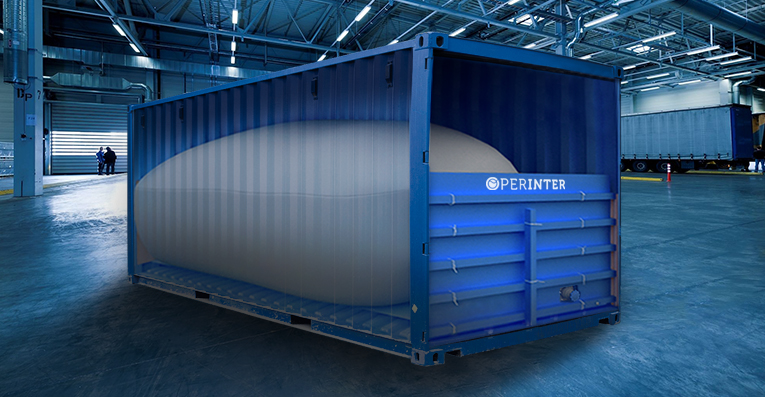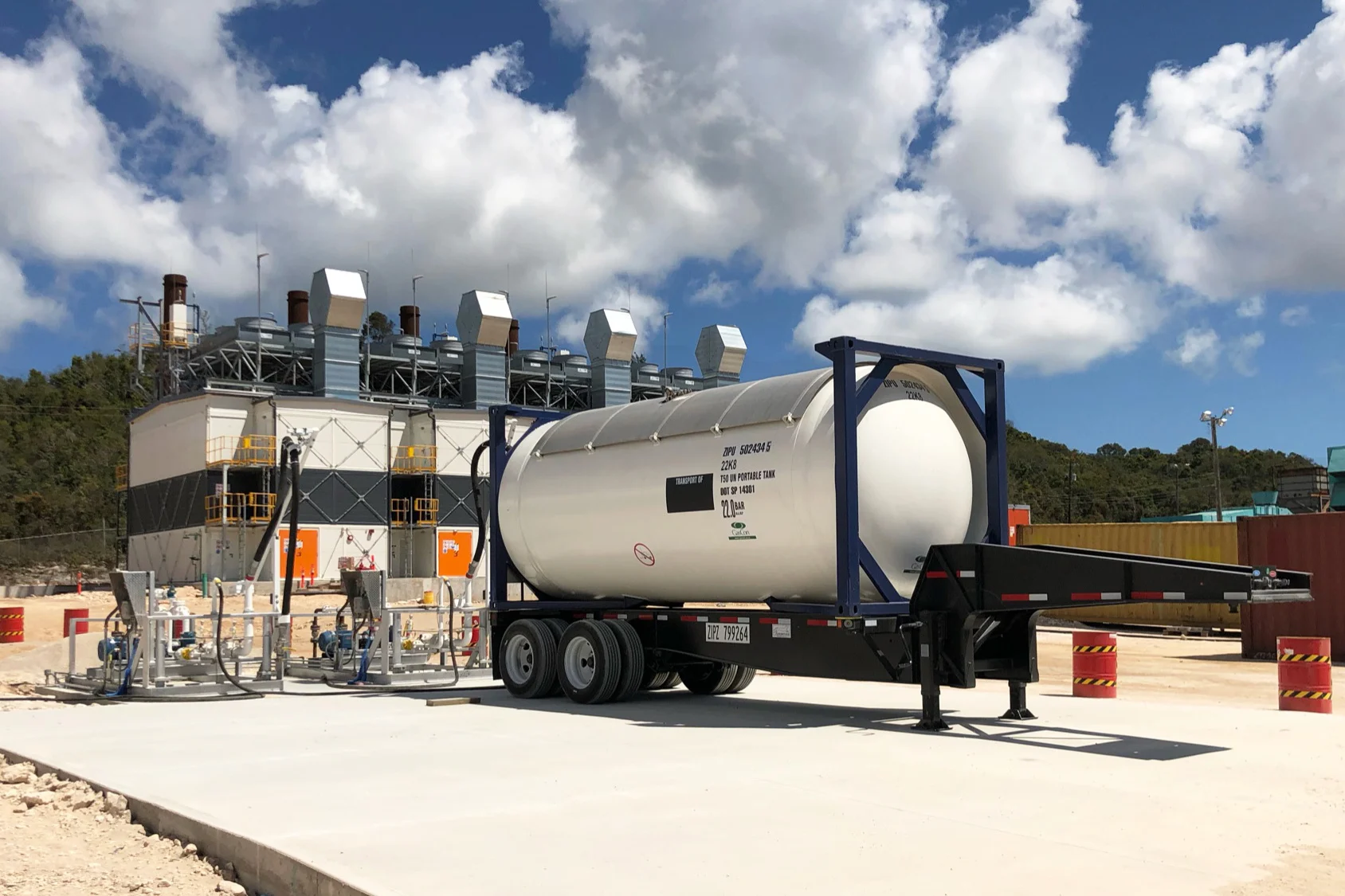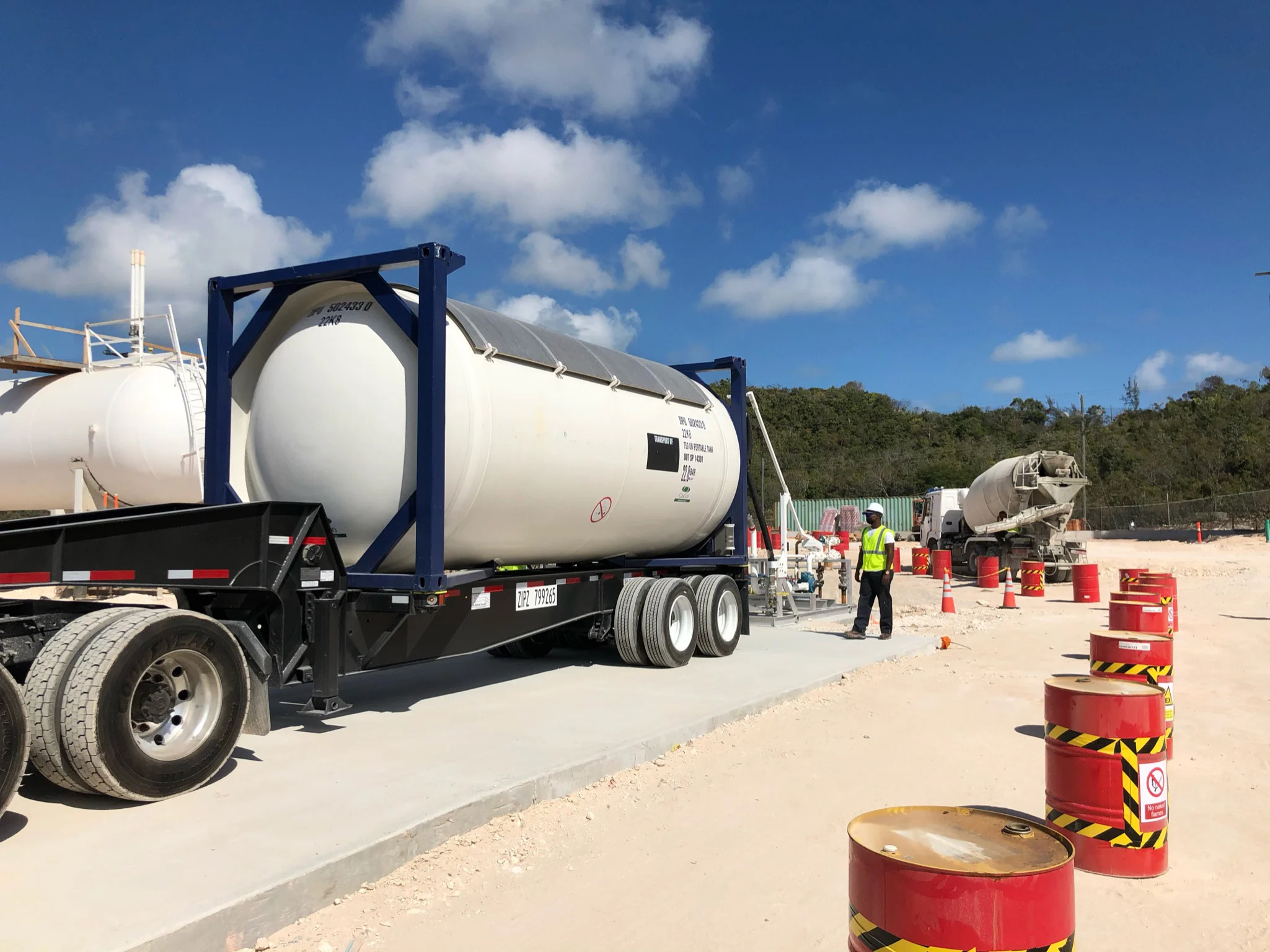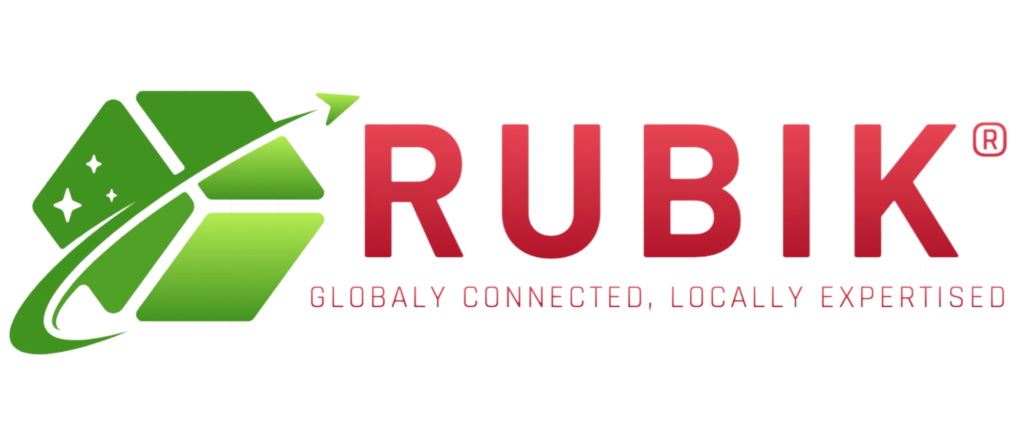Flexitank vs. ISO Tank Container: Choosing the Right Solution for Your Freight Shipping Needs
In the realm of logistics, selecting the appropriate shipping container can significantly impact the efficiency and cost-effectiveness of transporting goods. For businesses like RUBIK, a leading forwarding company committed to delivering excellence in freight services, understanding the distinctions between Flexitank and ISO Tank Container is crucial. Let’s delve into a comparative analysis to help you make informed decisions for your shipping requirements.
Understanding Flexitank and ISO Tank Container
Flexitank:
Flexitanks are large, collapsible containers designed to transport non-hazardous liquids in standard 20-foot containers. Made from multi-layered polyethylene materials, Flexitanks provide a flexible and cost-effective solution for shipping liquids such as edible oils, beverages, and industrial chemicals. These single-use containers offer easy installation, efficient space utilization, and are suitable for one-way shipments.

ISO Tank Container:
ISO Tank Containers, on the other hand, are standardized stainless steel containers built to transport both hazardous and non-hazardous liquids. These cylindrical tanks adhere to International Organization for Standardization (ISO) specifications, ensuring compatibility with various transport modes, including road, rail, and sea. ISO Tank Containers offer durability, reusability, and are ideal for long-term or multi-modal shipments.

Comparative Analysis: Flexitank vs. ISO Tank Container
1. Cost-effectiveness:
Flexitanks typically offer a lower initial investment and reduced handling costs compared to ISO Tank Containers. However, ISO Tanks prove to be more economical for long-term or recurrent shipments due to their reusability and lower cleaning and maintenance expenses.
2. Capacity and Flexibility:
Flexitanks boast higher capacity, ranging from 16,000 to 24,000 liters, allowing for maximum payload utilization. They are suitable for single-use shipments and offer flexibility in accommodating varying liquid volumes. Conversely, ISO Tank Containers have standardized capacities, typically ranging from 14,000 to 26,000 liters, offering consistency in volume and enabling efficient handling and stacking during transit.

3. Safety and Security:
ISO Tank Containers are constructed with robust stainless steel, providing superior protection against contamination and external hazards. They adhere to stringent safety regulations and are suitable for transporting hazardous liquids with minimized risk. While Flexitanks offer adequate protection for non-hazardous liquids, they may be susceptible to punctures or leaks during transit, necessitating careful handling and monitoring.
4. Environmental Impact:
ISO Tank Containers promote sustainability through their reusability and reduced carbon footprint compared to single-use Flexitanks. By minimizing waste generation and resource consumption, ISO Tanks align with eco-conscious shipping practices and contribute to environmental conservation efforts.
Choosing the Right Solution for Your Freight Needs
Selecting between Flexitank and ISO Tank Container depends on various factors, including the nature of the cargo, shipping frequency, budget constraints, and environmental considerations. RUBIK’s expert logistics consultants can assist you in evaluating your specific requirements and recommending the most suitable solution tailored to your business needs.
In conclusion, both Flexitank and ISO Tank Container offer distinct advantages in liquid freight transportation, catering to diverse industry demands and logistical challenges. By understanding their differences and evaluating key factors, you can optimize your shipping operations and achieve greater efficiency and cost savings.
For further insights into liquid freight solutions, visit RUBIK’s website or contact our team of logistics specialists today.
For more services:
Maximize your transportation capabilities with our advanced “Inland Transport Solution: Enhancing Your Supply Chain Efficiency” solutions.
Optimize your import and export processes with RUBIK’s efficient Customs Clearance Process solutions.
